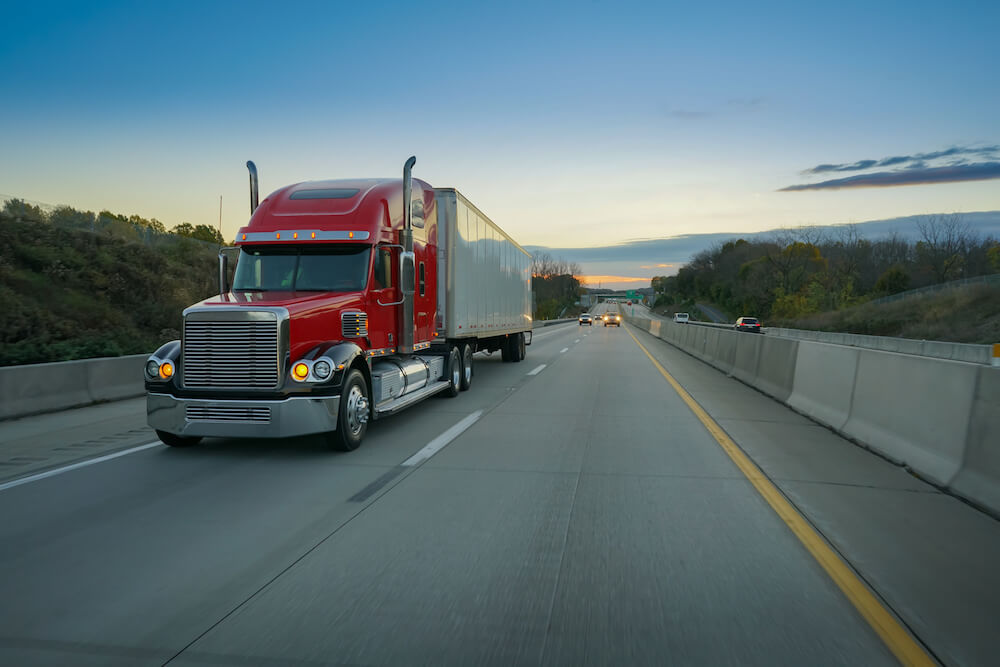Electronic Logging Devices are a big topic of conversations in the trucking world, and you might have a few questions about them. First of all, you might be wondering why Electronic Logging Devices are such a big deal. And secondly, maybe you’re wondering how an ELD is so different than an AOBRD (Automatic Onboard Recording Device). The two are similar, but they’re not the same thing. It’s important to know the difference. Here are some of the major differences between the two.
ELDs vs. AOBRDs.
1. Integral Synchronization (IS)
For both the ELD and AOBRD, integral synchronization is required. But with the AOBRD what exactly constitutes IS was never defined. An ELD made after 2000 is required to automatically log engine status, vehicle motion, miles, and engine hours. From a trucking company management perspective, this means you get a clearer picture of the accuracy of logged hours.
2. CMV Recording Location
For the AOBRD, recording is required at the change of duty status. It can be manual or automated. The ELD is required to automatically record during:
- Change of duty
- At 60-min intervals when the vehicle is moving
- Engine on event
- Engine off event
- Beginning and end of personal use
3. Graph Grid Display
The AOBRD isn’t required to have this. The modern ELD must make this available for on-screen display or print out.
4. Advisory Messages for Hours of Service (HOS)
The AOBRD didn’t address this. The ELD does. HOS limits warnings are not required, But unassigned driving notifications should be there when the driver logs in.
5. Device “Default” Duty Status
Once again, this was not a priority on the AOBRD device. On an ELD, however, when the CMV has been idle for more than 5 minutes and the driver didn’t respond to the prompt, the system defaults to on-duty not driving status.
On top of helping to accurately log hours, this helps you reduce the idle time that can cut into your fuel budget.
6. Clock Time Drift
On the ELD, time is synchronized to UTC. That’s universal coordinated time, which helps your drivers and logistics departments get shipments where they need to be on time.
7. Methods of Communication
The fact that the ELD is automatically logging engine status, movement, and so on means less ambiguous communication with the home base.
8. Tampering Resistance
Because ELDs developed after 2000 are required to collect all of this data, it’s harder to falsify records. It’s much easier for managers to see inconsistencies that could raise red flags.
ELDs are intended to make the roads safer for all drivers – including truckers. Though ELDs are similar to AOBRDs, they have some significant differences. It’s important to make sure that you’re complying with relevant ELD rules and regulations.
Get truck insurance quotes.
The ELD is a tool that you want on your side in the event of an accident. And you know something else that helps protect your company in the event of an accident? That’s the right trucking insurance. Don’t get caught with gaps in your coverage. That could cost you. Get your free quote here.
Source:
https://www.fmcsa.dot.gov/hours-service/elds/differences-between-aobrds-and-elds



